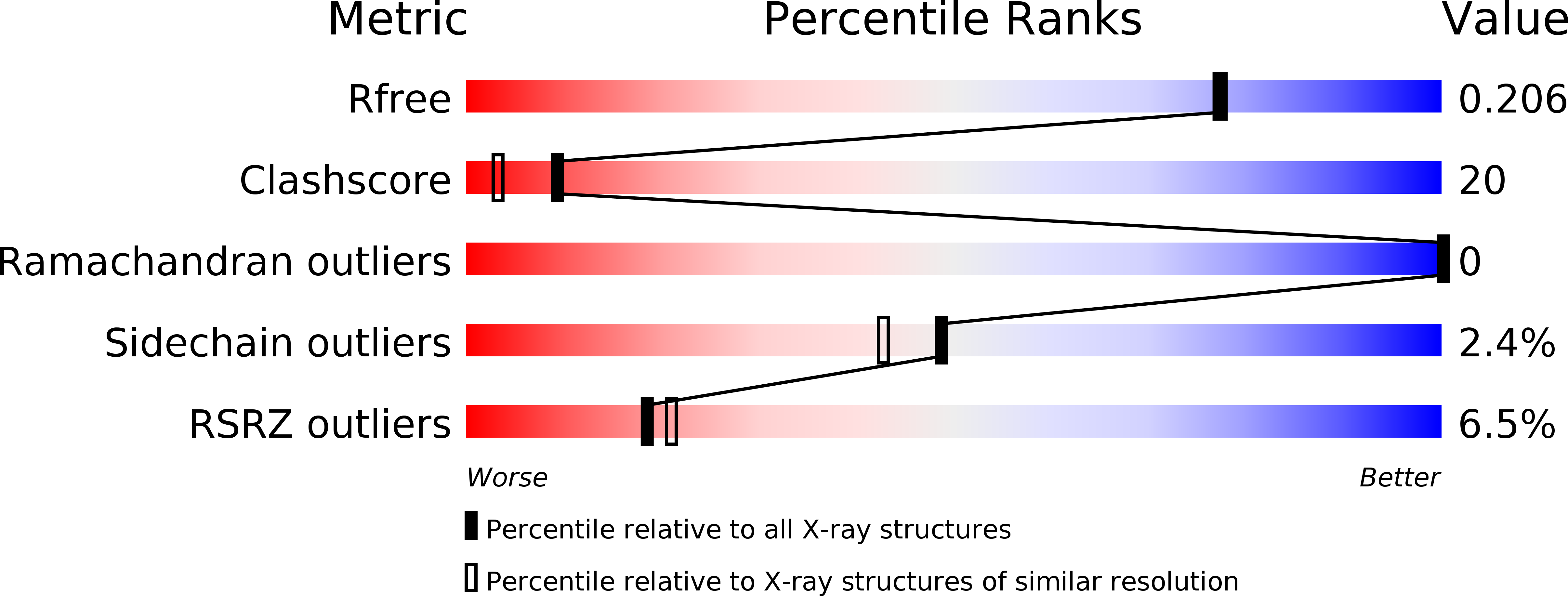
Deposition Date
2017-11-08
Release Date
2018-06-13
Last Version Date
2024-03-27
Method Details:
Experimental Method:
Resolution:
1.90 Å
R-Value Free:
0.19
R-Value Work:
0.16
R-Value Observed:
0.17
Space Group:
P 61 2 2


